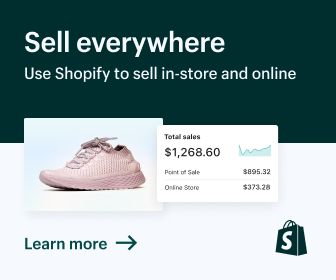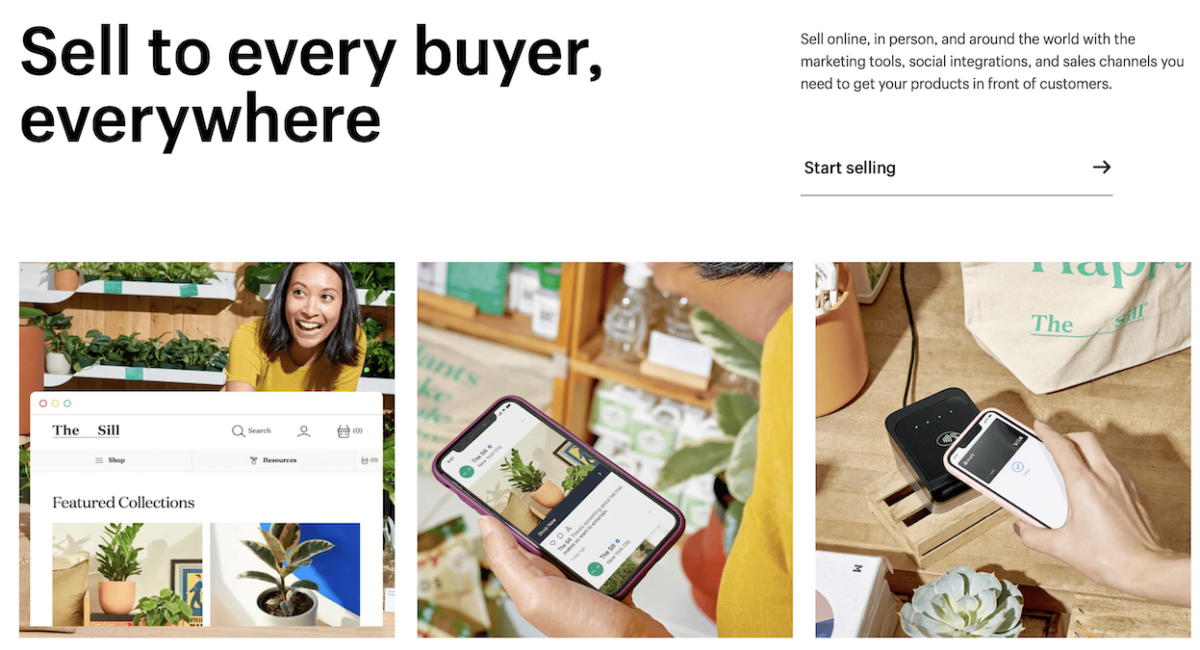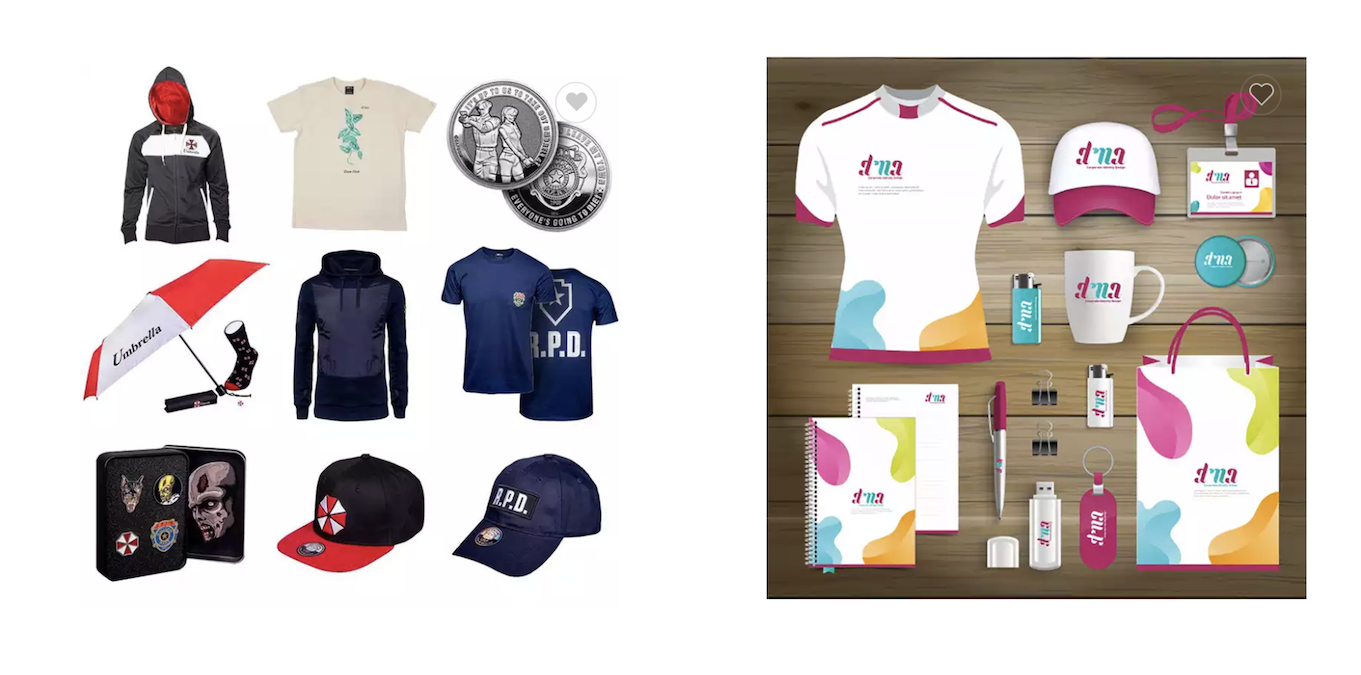Starting a dropshipping business on Shopify involves several steps. Here’s a general guide on how to get started:
Research and select your niche: Identify a specific product niche or industry that you want to focus on. Conduct market research to evaluate demand, competition, and profit potential. Consider factors such as product popularity, target audience, and market trends.
Choose a Shopify plan: Sign up for a Shopify account and select a plan that suits your business needs. Shopify offers various pricing options, each with its own features and limitations. Review the available plans and choose the one that aligns with your budget and requirements.
DROPSHIP SHOPIFY
 |
|---|
Set up your Shopify store: Customize the appearance of your store by selecting a theme from Shopify’s theme store. Install and activate the chosen theme, and then modify it to match your branding. Customize elements such as logos, colors, fonts, and layout to create a visually appealing and cohesive store design.
Add products: Find reliable suppliers or wholesalers that offer dropshipping services. You can search for suppliers on platforms like Oberlo, Spocket, or AliExpress. Import the product listings from your chosen supplier to your Shopify store, including images, descriptions, and pricing information. Ensure that you have permission to use product images and descriptions.
Set up payment gateways: Configure your preferred payment gateways to accept payments from customers. Shopify supports a wide range of payment options, including PayPal, Stripe, and Shopify Payments. Set up accounts with the selected payment gateways and integrate them into your Shopify store.
Customize store policies and pages: Create essential pages for your store, such as an About Us page, Contact page, and Shipping & Returns policy. Provide clear and detailed information about your business, customer service, shipping times, and return policies. This helps establish trust with potential customers and sets expectations.
Optimize for SEO: Implement basic search engine optimization (SEO) strategies to improve the visibility of your store in search engine results. Optimize product titles, descriptions, meta tags, and URLs with relevant keywords. Consider using apps or plugins that can help with SEO optimization.
Market your store: Develop a marketing strategy to drive traffic to your store and generate sales. Utilize various channels such as social media marketing, content marketing, email marketing, and influencer partnerships to promote your products. Focus on building brand awareness and reaching your target audience effectively.
Fulfill orders: When a customer places an order on your store, communicate the order details to your supplier or wholesaler. They will handle the packaging and shipping of the product directly to the customer. Make sure to provide clear communication and efficient order fulfillment to maintain customer satisfaction.
DROPSHIP SHOPIFY
 |
|---|
Analyze and optimize: Regularly monitor your store’s performance using Shopify’s analytics tools or third-party apps. Analyze data such as sales, traffic sources, and customer behavior to identify trends and areas for improvement. Make data-driven decisions to optimize your marketing efforts and enhance the customer experience.
Remember, starting a successful dropshipping business requires dedication, ongoing learning, and adapting to market changes. Continuously evaluate and improve your store, products, and marketing strategies based on customer feedback and market trends.




